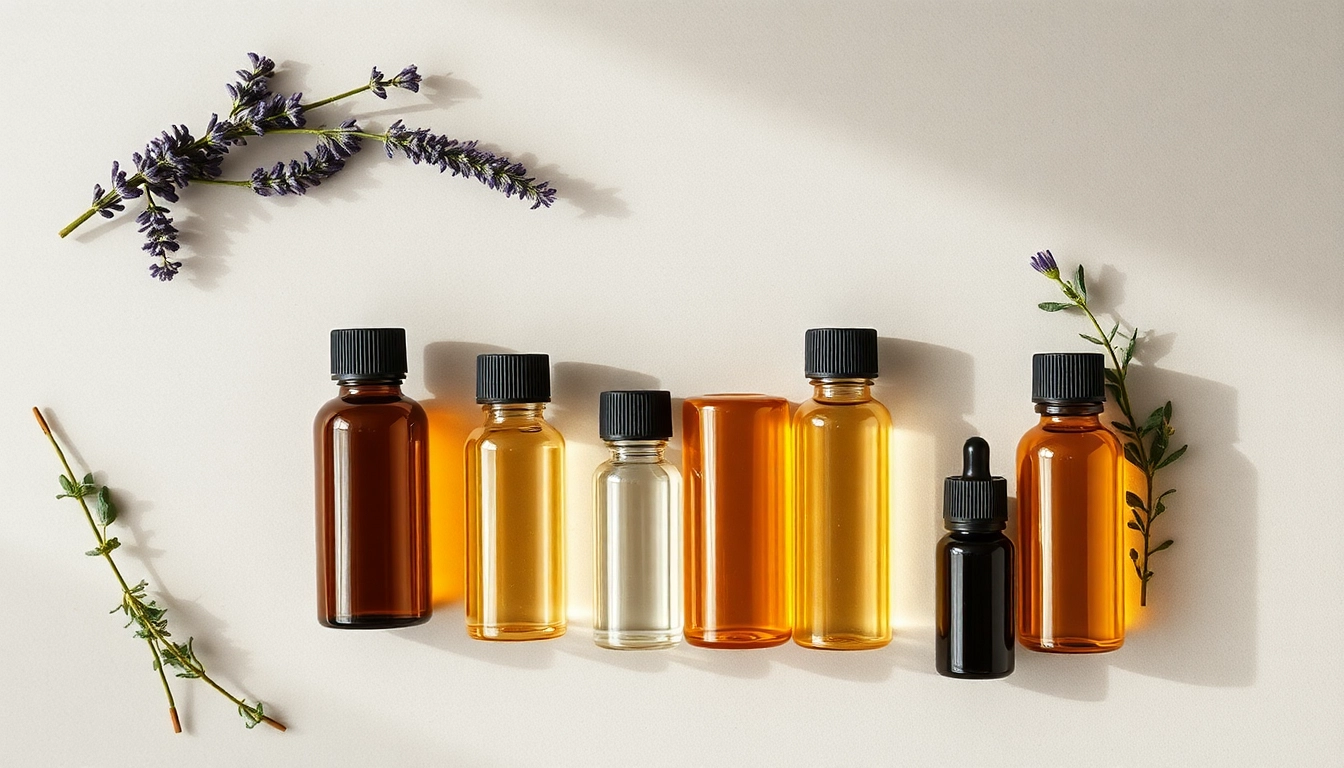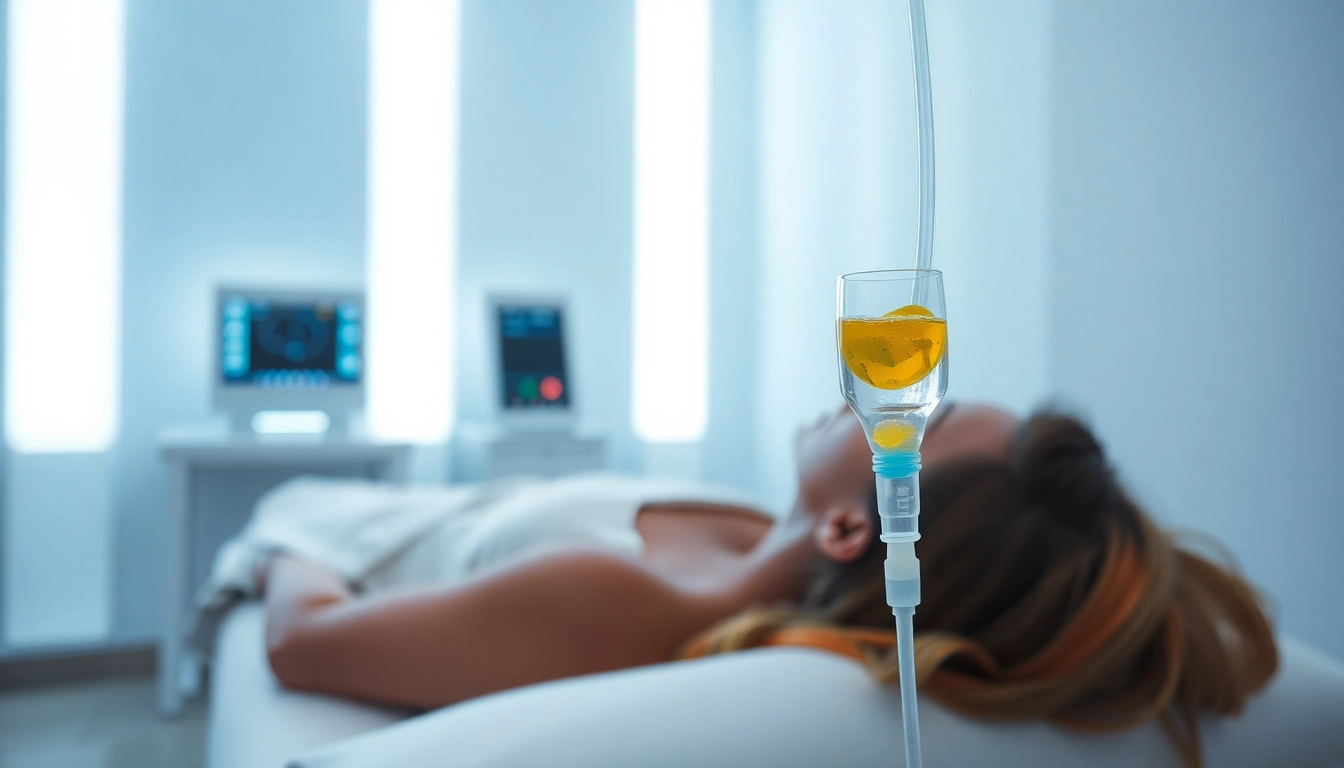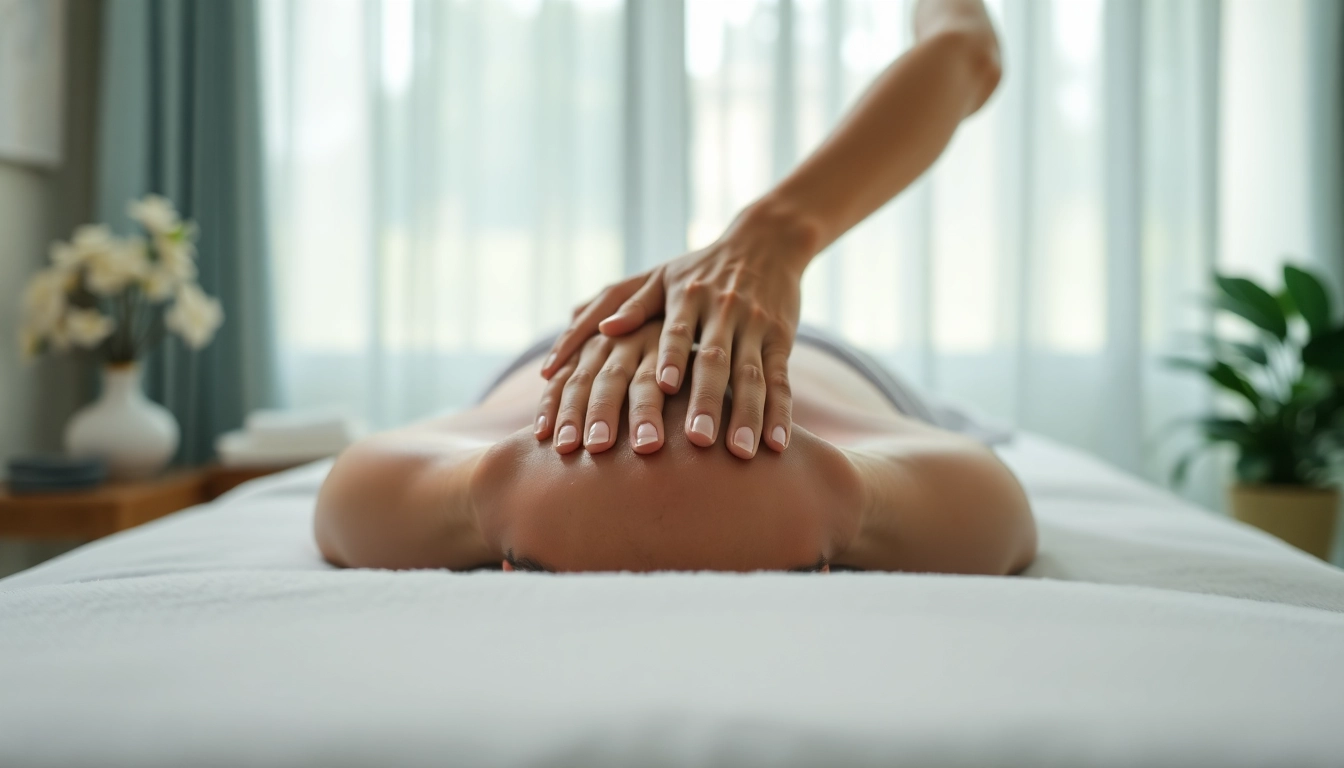Understanding Essential Oil
What Are Essential Oils?
Essential oils are concentrated plant extracts that capture the natural fragrance and flavor of the plant material from which they are derived. These oils are obtained from various parts of plants, including flowers, leaves, stems, roots, and bark, preserving the unique properties and scent of each plant. They have been used for centuries across different cultures for their therapeutic properties and aromatic qualities.
Composed mainly of volatile compounds, essential oils possess complex chemical structures that can exert various effects on the human body and mind. Their applications span aromatherapy, personal care, household products, and natural medicine. As consumers increasingly seek holistic and natural products, the popularity of essential oils continues to rise, with many people turning to them for wellness and self-care.
The Extraction Process of Essential Oils
The extraction of essential oils is a delicate process that requires precision to ensure the integrity of the oil’s properties. There are several methods of extraction, each suited to different types of plant material:
- Steam Distillation: This is the most common method of extraction. In this process, steam is passed through plant material, causing the oil to evaporate. The steam is then cooled, condensing the vapor back into liquid, which separates the essential oil from the water.
- Cold Pressing: This method is particularly used for citrus oils. The outer peels of fruit are mechanically pressed to release the essential oil, which is then collected. This method does not involve heat, thus preserving the fresh aroma of the oil.
- Solvent Extraction: In cases where gentle extraction is crucial, solvents are employed to dissolve the essential oil while maintaining the plant’s fragrance. After extraction, the solvent is removed, leaving behind the pure essential oil.
- CO2 Extraction: This advanced method uses carbon dioxide under high pressure to extract essential oils. CO2 acts like a solvent but leaves no residue, making it a preferred choice for high-quality oils.
Each extraction method influences the oil’s quality, aroma, and therapeutic properties, making it essential to understand these processes when selecting or using essential oils.
Benefits of Essential Oils for Health
Essential oils offer a myriad of health benefits that can enhance physical and mental well-being. Here are some of the most notable advantages:
- Relaxation and Stress Relief: Oils such as lavender and chamomile are known for their calming properties, helping reduce anxiety and promote relaxation through aromatherapy.
- Anti-inflammatory Properties: Many essential oils, like eucalyptus and tea tree, exhibit anti-inflammatory effects that can help relieve pain and swelling.
- Antimicrobial Benefits: Essential oils such as oregano, thyme, and peppermint have been studied for their antibacterial and antifungal properties, making them useful in supporting immune function.
- Improved Sleep Quality: Oils like bergamot and cedarwood can promote longer and deeper sleep, thereby improving overall health and mood.
- Skin Health: Some essential oils, including tea tree and frankincense, help soothe skin irritations, reduce acne, and promote a healthy complexion.
While essential oils can greatly benefit health, it’s important to use them appropriately, as they are potent and may have side effects if misused.
Types of Essential Oils and Their Uses
Popular Essential Oils for Aromatherapy
Aromatherapy utilizes the aromatic properties of essential oils to enhance physical and psychological well-being. Some popular essential oils used in this practice include:
- Lavender: Renowned for its calming scent, lavender oil is often used to alleviate stress and promote relaxation.
- Peppermint: This invigorating oil can help energize the mind, enhance focus, and alleviate headaches.
- Eucalyptus: With its refreshing scent, eucalyptus oil is used to clear the respiratory system and promote deep breathing.
- Tea Tree: Known for its antiseptic properties, tea tree oil is frequently included in topical applications for acne and skin irritations.
- Frankincense: Historically used in meditation, this oil fosters a sense of peace and deep contemplation.
To effectively utilize essential oils in aromatherapy, they’re often diffused into the air or applied topically when diluted with carrier oils.
Essential Oils in Skincare: Benefits and Applications
Essential oils are widely embraced in the skincare industry for their natural properties and effectiveness. Here are some essential oils commonly used in skincare and their benefits:
- Tea Tree Oil: Renowned for its antibacterial and antifungal properties, tea tree oil can reduce acne breakouts and soothe inflamed skin.
- Lavender Oil: With its calming effects, lavender oil helps heal minor cuts, burns, and sunburns, while also promoting relaxation.
- Rosehip Oil: Rich in essential fatty acids, rosehip oil is excellent for enhancing skin elasticity, reducing scars, and hydrating dry skin.
- Geranium Oil: This oil helps balance oil production, making it suitable for both oily and dry skin types, and also contributes to an even skin tone.
When incorporating essential oils into your skincare routine, ensure they are properly diluted with a carrier oil or other skincare products to prevent any adverse reactions.
Essential Oils in Household Products
Essential oils are not just limited to personal care; they have practical applications in household products as well. Here are some popular uses:
- Natural Cleaners: Essential oils like lemon, tea tree, and lavender can be included in homemade cleaning solutions for their antibacterial properties and pleasant scents.
- Air Fresheners: Adding essential oils to diffusers or homemade sprays can provide a natural alternative to synthetic air fresheners, refreshing home environments.
- Insect Repellents: Essential oils such as citronella, eucalyptus, and peppermint can be effective natural insect repellents that deter mosquitoes and other pests.
- Freshening Fabrics: A few drops of essential oil on dryer balls or mixed into laundry can help eliminate odors and impart a fresh scent to fabrics.
By incorporating essential oils into household cleaning and maintenance routines, you can create a healthier living environment free of harsh chemicals.
How to Choose Quality Essential Oils
Understanding Labels and Sourcing
When shopping for essential oils, distinguishing between high-quality and subpar products can be challenging due to misleading marketing practices. Here are some key factors to consider:
- 100% Pure Essential Oil: Look for labels that specify “100% pure” to ensure you are purchasing unadulterated oils without fillers or synthetic components.
- Botanical Name: Essential oils should include the botanical name (genus and species) on the label to confirm the oil’s source.
- Extraction Method: Knowledge of the extraction method utilized can assure you of the quality; steam distillation is generally preferred for many oils.
- Country of Origin: Sourcing from reputable regions known for particular plants can indicate quality, e.g., lavender from France or peppermint from the USA.
Understanding these elements will help ensure you choose high-quality essential oils that have been ethically sourced and processed.
Testing for Purity and Authenticity
To ascertain the authenticity of essential oils, consider these methods:
- GC/MS Testing: Reputable companies will often provide gas chromatography-mass spectrometry (GC/MS) reports confirming the oil’s purity and chemical composition.
- Smell Test: Pure essential oils should have a strong, characteristic scent unique to their source. If they smell synthetic or overly sweet, they may be diluted or adulterated.
- Viscosity and Texture: The consistency of the oil can also indicate quality; pure essential oils are generally thin and spreadable, while diluents may change their texture.
Implementing these tests can help ensure that you are sourcing the best products for your needs.
Top Brands for High-Quality Essential Oils
Choosing the right brand can significantly influence the quality of the essential oils you purchase. Some reputable brands that consistently deliver high-quality essential oils include:
- Young Living: Known for its vast selection of pure essential oils and strict quality control measures.
- doTERRA: Provides a wide range of oils sourced from around the world, ensuring therapeutic benefits and purity.
- Plant Therapy: Offers affordable, high-quality oils with transparent sourcing and comprehensive testing.
- Edens Garden: A family-owned brand that emphasizes quality and affordability, providing GC/MS testing results for transparency.
Researching and patronizing these trusted brands can enhance your essential oil experience, promoting better health and well-being.
Safety and Precautions with Essential Oils
Dilution Guidelines for Essential Oils
Essential oils are highly concentrated and must be diluted before topical use. Here are some general dilution guidelines:
- For Adults: A common recommendation is to dilute essential oils at a ratio of 2-3 drops of essential oil per teaspoon (5 ml) of carrier oil.
- For Children: Use a higher dilution for children (1 drop per teaspoon of carrier oil), and for babies, consider a dilution of 0.5% or less.
- For Pregnant Women: Certain essential oils should be avoided entirely during pregnancy, while others can be used with caution at lower dilutions. Consult a healthcare provider.
Following these guidelines will help prevent sensitivity or adverse reactions while enjoying the benefits of essential oils.
Common Allergies and Sensitivities
While many people can use essential oils safely, some may experience allergies or sensitivities. The most common symptoms can include:
- Skin irritation or rashes when applying oils undiluted.
- Headaches from strong or sickly scents, especially in poorly ventilated areas.
- Respiratory issues with certain oils, particularly if asthma is a pre-existing condition.
Conducting a patch test by applying a diluted oil to a small area of skin can help identify potential reactions before using an oil more broadly.
Essential Oils Not Recommended for Certain Groups
Some essential oils are not recommended for specific groups due to their potential effects. Here are a few exceptions to consider:
- Children: Some oils, like eucalyptus and peppermint, can be too strong for young children and may cause respiratory distress.
- Pregnant Women: Oils like clary sage, rosemary, and jasmine should be avoided during pregnancy due to their stimulating effects.
- Individuals with Specific Health Conditions: Those with epilepsy should avoid oils like rosemary and sage, which may trigger seizures.
Consult with a healthcare professional before using essential oils if you belong to these groups to ensure safety and avoid potential adverse effects.
Integrating Essential Oils into Your Lifestyle
Daily Uses of Essential Oils in Home
Incorporating essential oils into daily life can enrich your surroundings and enhance well-being. Some practical applications include:
- Morning Routine: Start your day by adding a few drops of citrus oil to your shower for an energizing aroma.
- Workspace Diffusion: Use a diffuser with peppermint or lemon essential oils to increase concentration and clarity while working.
- Bedtime Ritual: Incorporate calming oils like lavender into your evening routine by adding them to pillows or a bedtime bath.
- Cooking and Baking: Use food-grade essential oils, such as mint or vanilla, to flavor dishes naturally.
By making essential oils part of your everyday rituals, you can benefit from their therapeutic properties continuously.
Coping with Stress: Essential Oils as Remedies
Stress management is vital for maintaining overall health. Essential oils can play a significant role in alleviating stress and promoting a sense of calm:
- Diffusing: Diffusing oils such as lavender or bergamot creates a peaceful environment that can help reduce anxiety levels.
- Topical Application: Applying diluted oils like frankincense to pulse points can promote relaxation throughout the day.
- Inhalation: Directly inhaling calming oils from the bottle or on a cotton ball can provide immediate relief in stressful situations.
- Aromatherapy Baths: Adding essential oils to bathwater can create a serene experience that aids in unwinding after a long day.
These strategies can harness the power of essential oils to effectively manage stress and promote overall well-being.
Creating Your Own Essential Oil Blends
Creating personalized essential oil blends can enhance their benefits and allow for customization based on individual preferences. Here’s how to get started:
- Choose Your Base: Start with a carrier oil suitable for your skin type, such as jojoba or sweet almond oil.
- Select Essential Oils: Choose 2-4 essential oils with complementary scents and properties; for instance, pairing lavender with bergamot for relaxation.
- Mixing Ratios: Follow the dilution guidelines, typically using 2% dilution for body blends or 1% for facial blends.
- Store Properly: Use a dark glass bottle to protect the oils from light and store in a cool, dark place to maintain quality.
Experimenting with essential oil blends can be an enjoyable and rewarding pursuit, enabling you to curate scents that resonate with your unique lifestyle and preferences.



